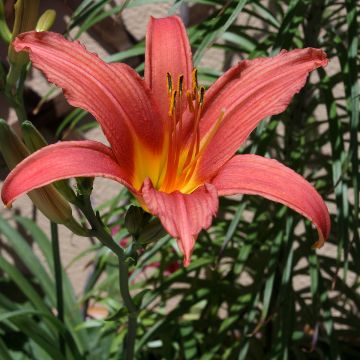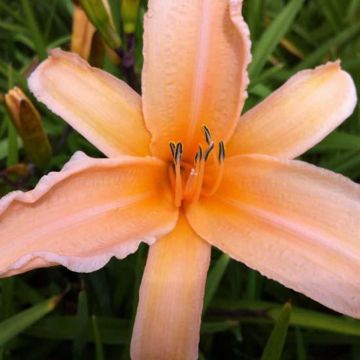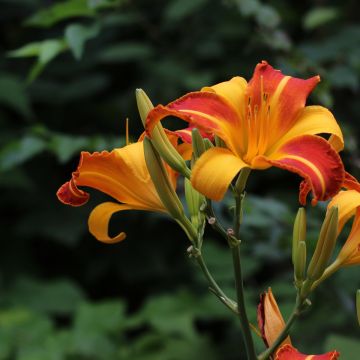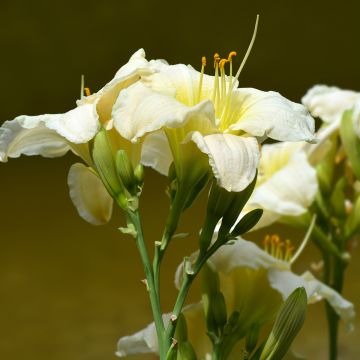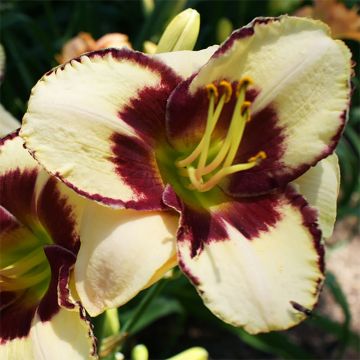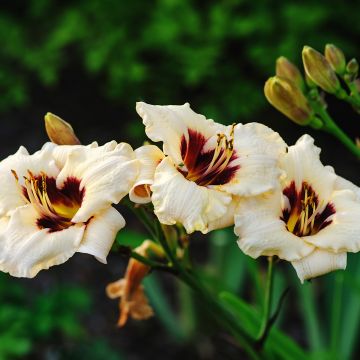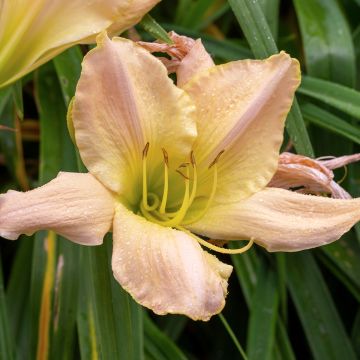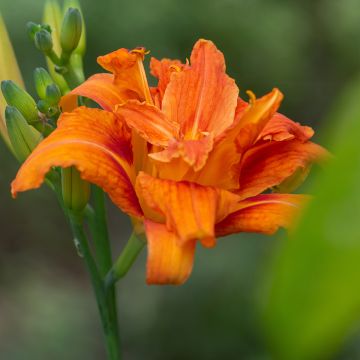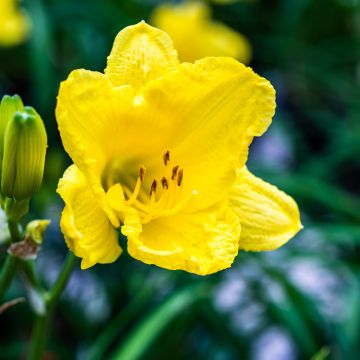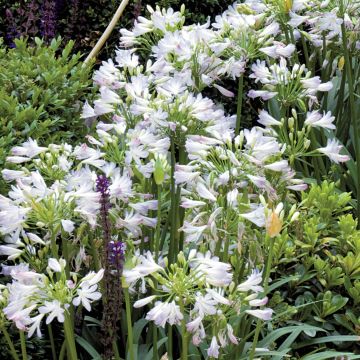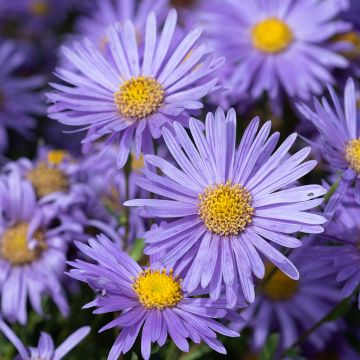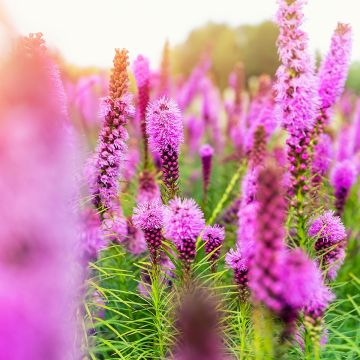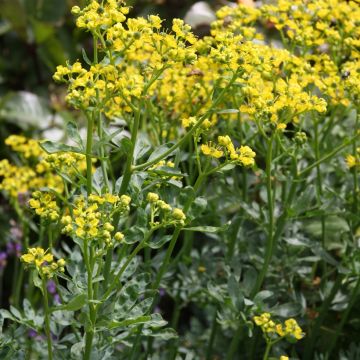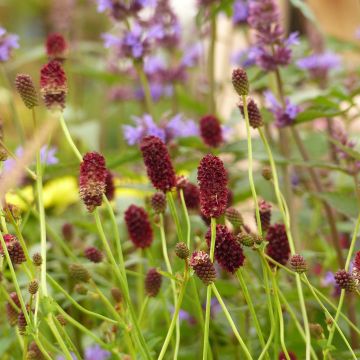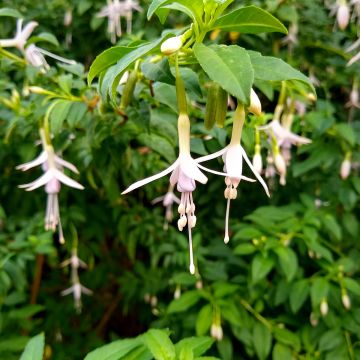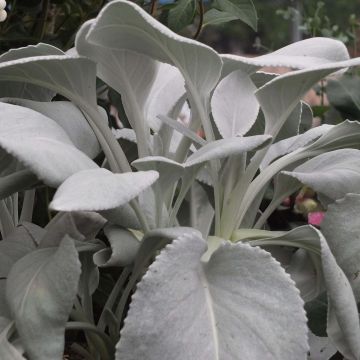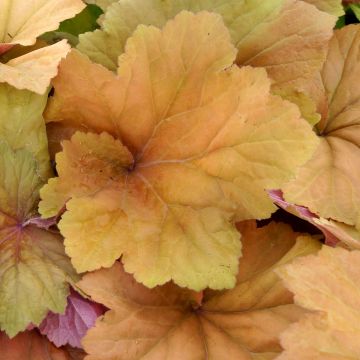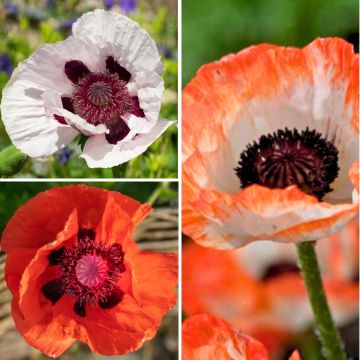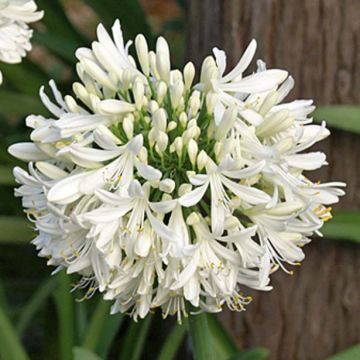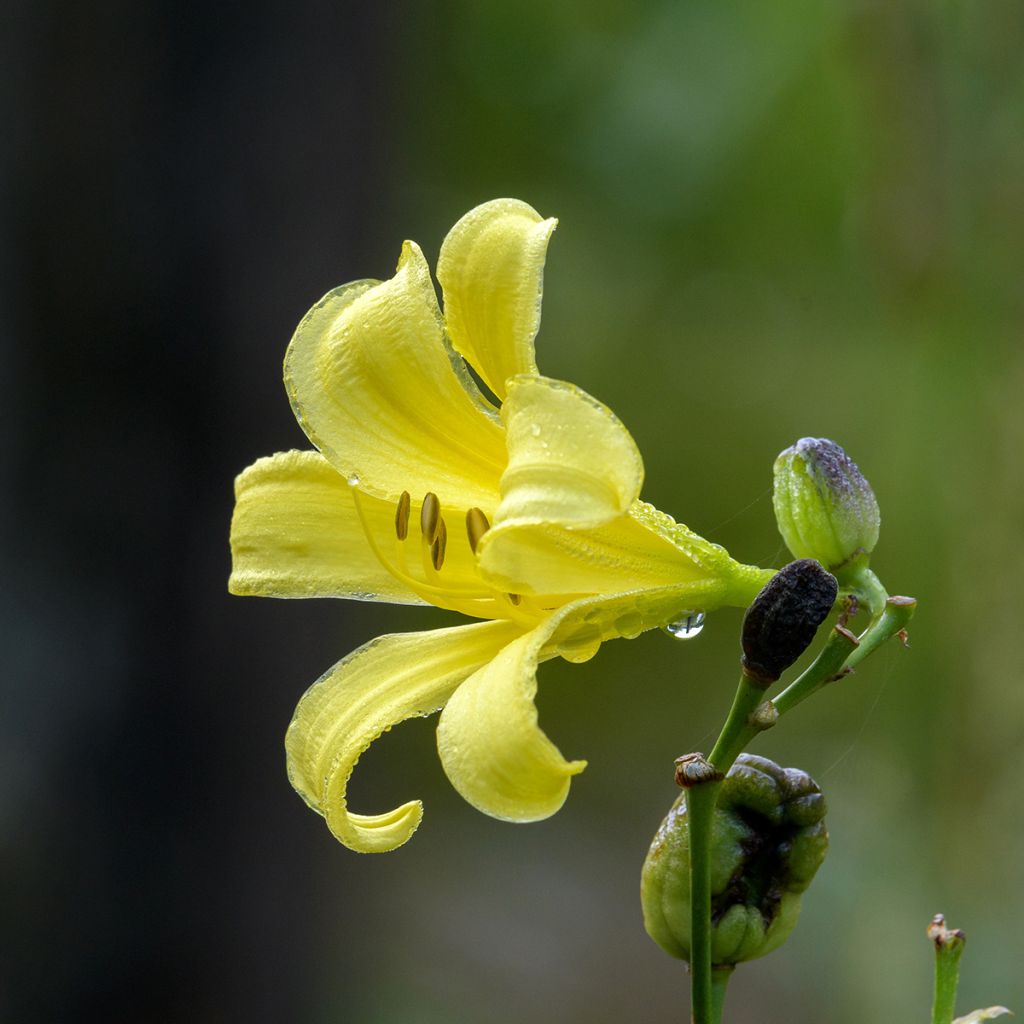

Hemerocallis citrina - Daylily
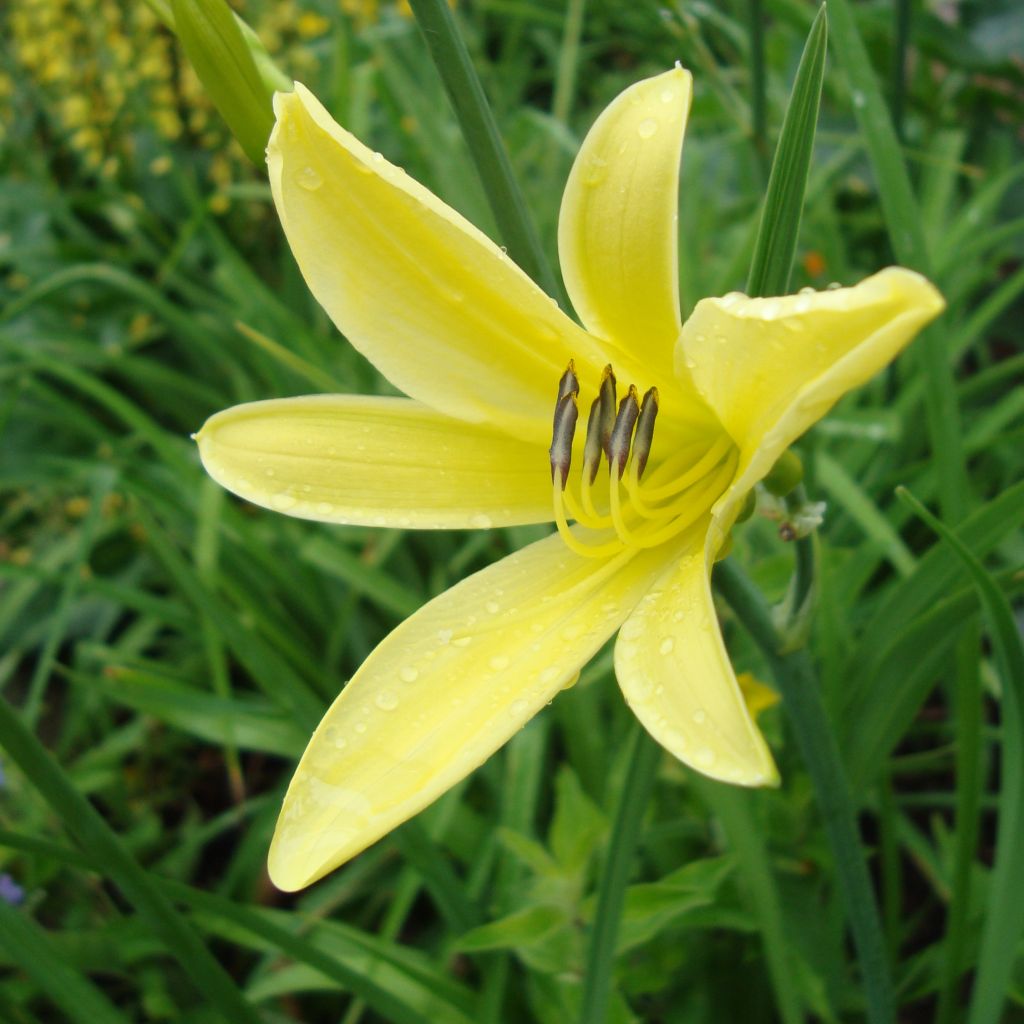

Hemerocallis citrina - Daylily
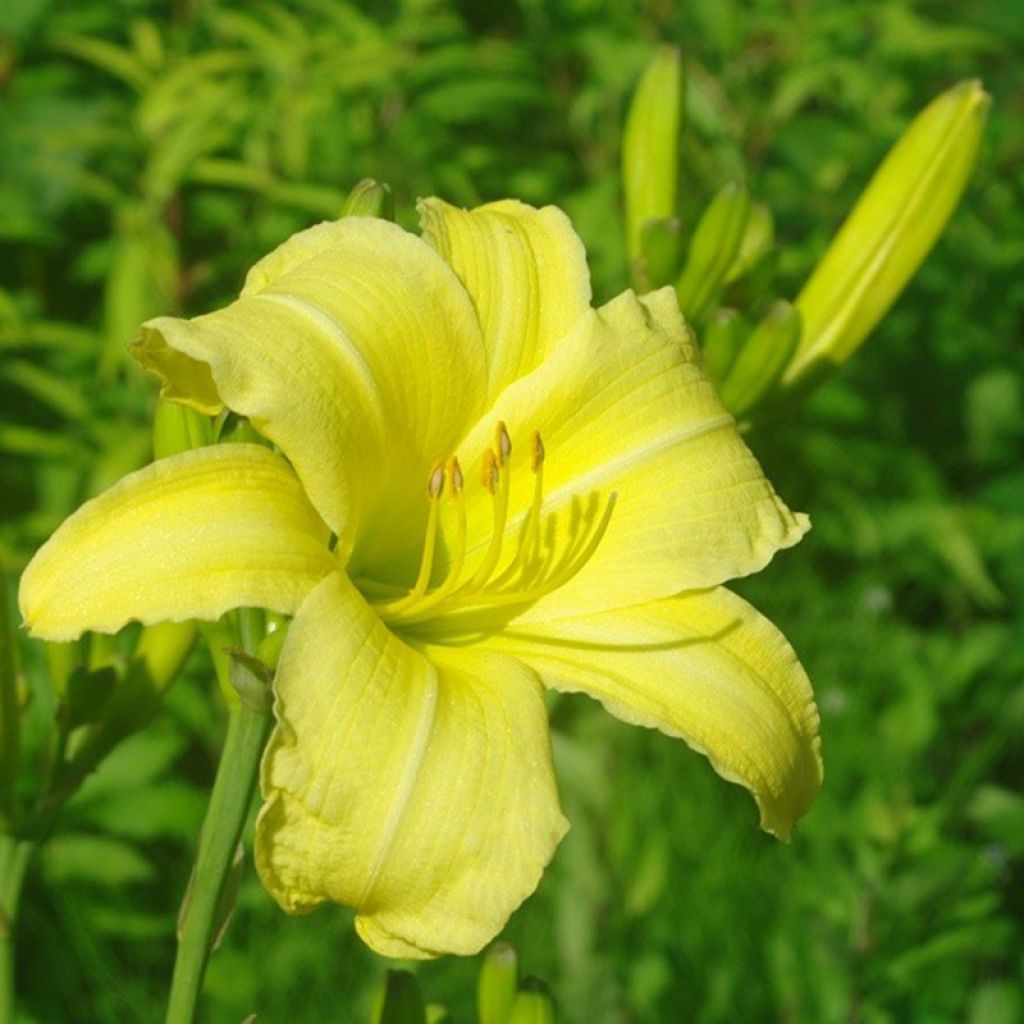

Hemerocallis citrina - Daylily
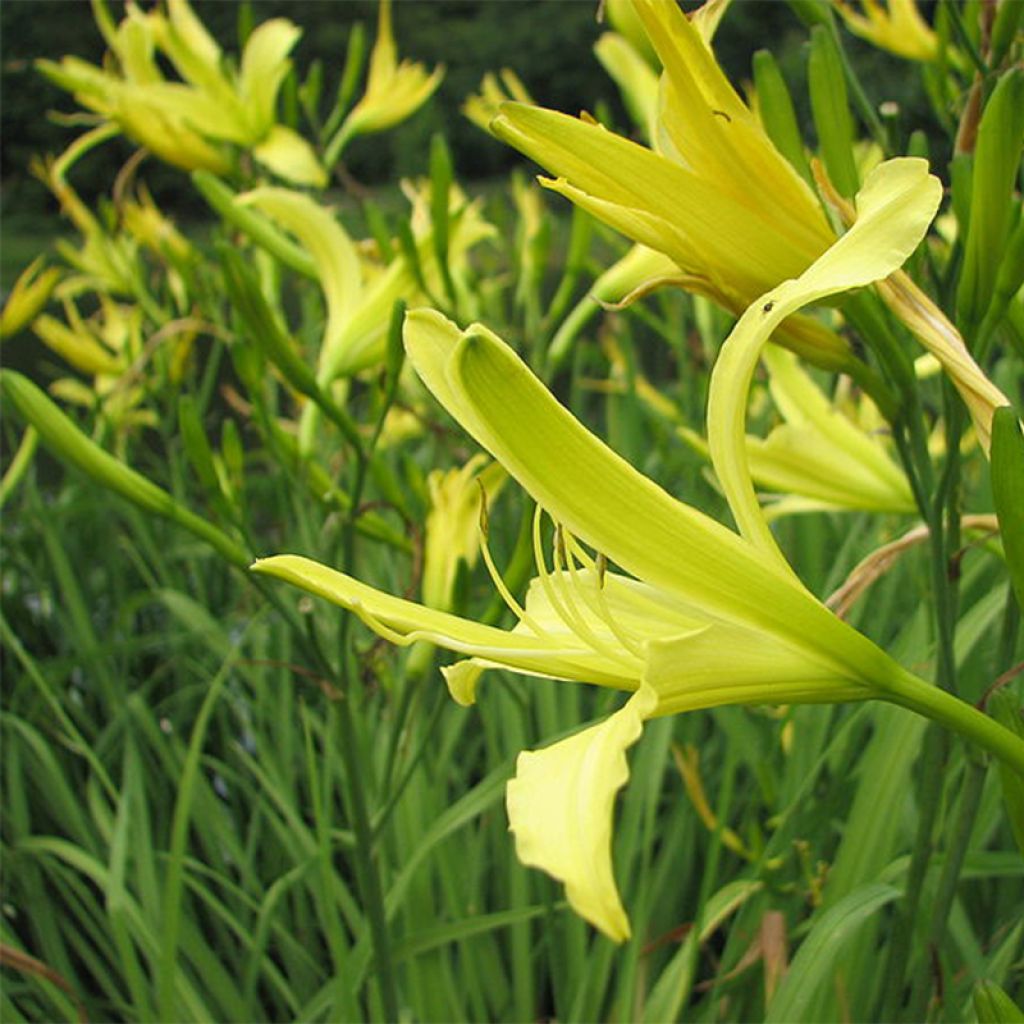

Hemerocallis citrina - Daylily
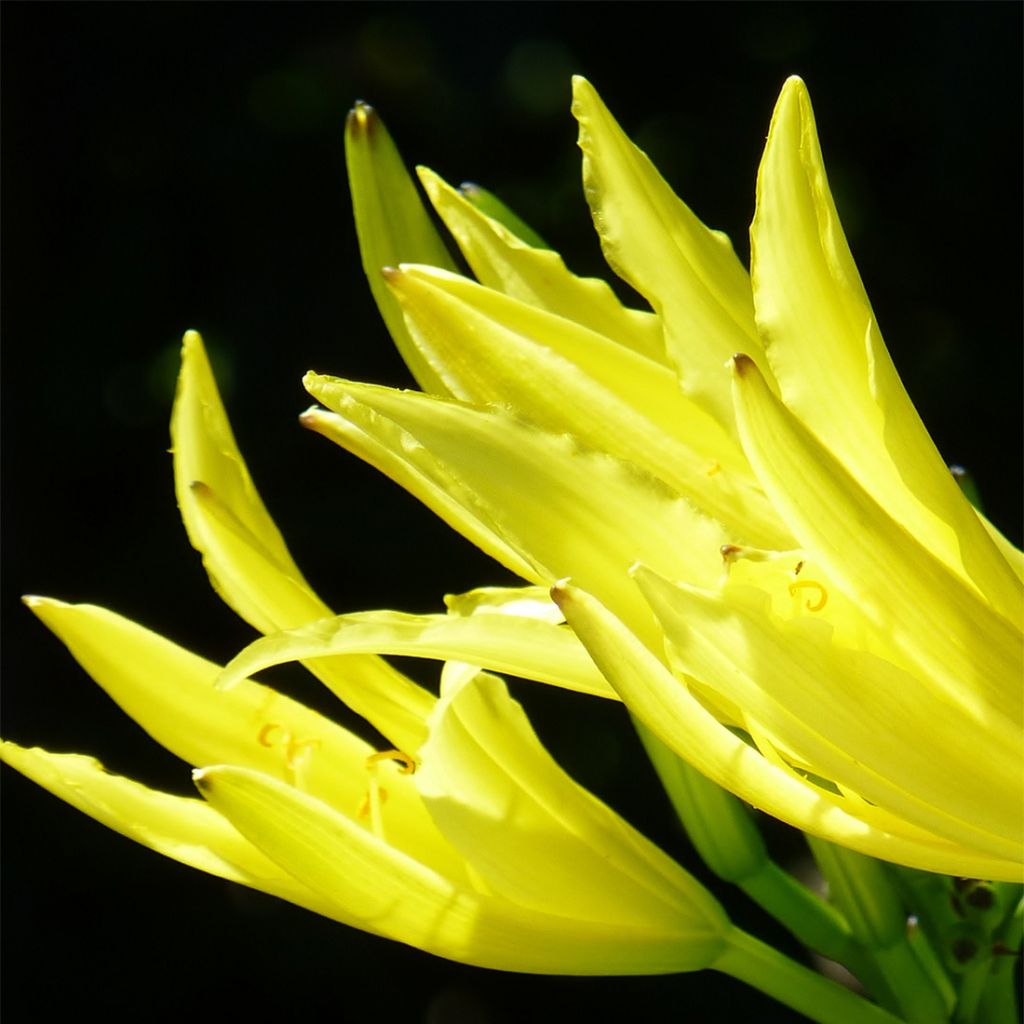

Hemerocallis citrina - Daylily
Hemerocallis citrina - Daylily
Hemerocallis citrina
Daylily
This item cannot be shipped to the selected country
Delivery charge from €5.90
Delivery charge from €5.90
Delivery charge from €5.90
Delivery to Corse prohibited
More information
Schedule delivery date,
and select date in basket
This plant carries a 12 months recovery warranty
More information
We guarantee the quality of our plants for a full growing cycle, and will replace at our expense any plant that fails to recover under normal climatic and planting conditions.
From €5.90 for pickup delivery and €6.90 for home delivery
Express home delivery from €8.90.
From €5.90 for pickup delivery and €6.90 for home delivery
Express home delivery from €8.90.
From €5.90 for pickup delivery and €6.90 for home delivery
Express home delivery from €8.90.
Delivery to Corse prohibited: UE law prohibits the import of this plant from mainland France to Corse as part of the fight against Xylella fastidiosa. Please accept our sincere apologies.
More information


Does this plant fit my garden?
Set up your Plantfit profile →
Description
Hemerocallis citrina, also known as Daylily, is a wonderful botanical species that should be included in every perennial-lover's garden. Among the tallest of its kind, it stands out with its large sculptural flowers: authentic lemon-yellow trumpet-shaped blooms that open at the end of the day giving off a stunning lily-of-the-valley scent. This superb perennial blooms in the height of summer and again in September, above a fine foliage gathered in a magnificent cluster. The visual and olfactory ballet it reproduces year after year will astonish gardeners. It should be given a fertile and deep soil, as well as occasional watering in case of a dry summer.
Hemerocallis citrina is a deciduous perennial plant with fleshy roots, belonging to the Xanthorrhoeaceae family. It is native to East Asia and China, where it grows on the edge of forests, in meadows and on grassy slopes at altitudes below 2000 m (6560 ft). This daylily quickly forms a dense clump, reaching a height of 80 cm (32 in) to 1.2 m (4 ft) depending on the growing conditions. Its leaves are narrow and linear with a fairly dark green colour but are still very vibrant in spring. Flowering takes place in July-August, and again in September. The flowers, a tangy yellow, are 15 to 17 cm (6 to 7 in) wide and form an elongated trumpet that opens like a star. Each flower has 6 slender petals surrounding a bunch of long, curved stamens, which are also lemon-yellow. These ephemeral flowers only live for a day, but they continuously renew themselves on tall, thin yet sturdy stems, well above the foliage. The foliage turns yellow in autumn before disappearing.
Hemerocallis citrina creates grandiose masses when planted in groups, especially since it grows rapidly. It is best placed at the back of a border, as its beautiful foliage disappears in winter, leaving only a tangled straw carpet on the ground. It pairs well with blue or mauve flowers such as Malva sylvestris, delphiniums, anchusa, or large perennial geraniums (Geranium magnificum, G. psilostemon). It is very easy to grow and thrives in both partial shade (in hot and sunny climates) and full sun. The daylily is often called "the perfect perennial plant" due to its vibrant colours and its ability to tolerate any type of environment, as well as its beautiful exuberance that complements other perennials.
Plant botanical and hybrid daylilies in generous clumps at the back of your borders. All summer bulb flowers can be planted alongside daylilies. On a balcony or terrace, large pots of at least 40 cm (16 in) deep should be used, and dwarf varieties should be preferred. The flowers, stems, and roots are edible.
Report an error about the product description
Hemerocallis citrina - Daylily in pictures
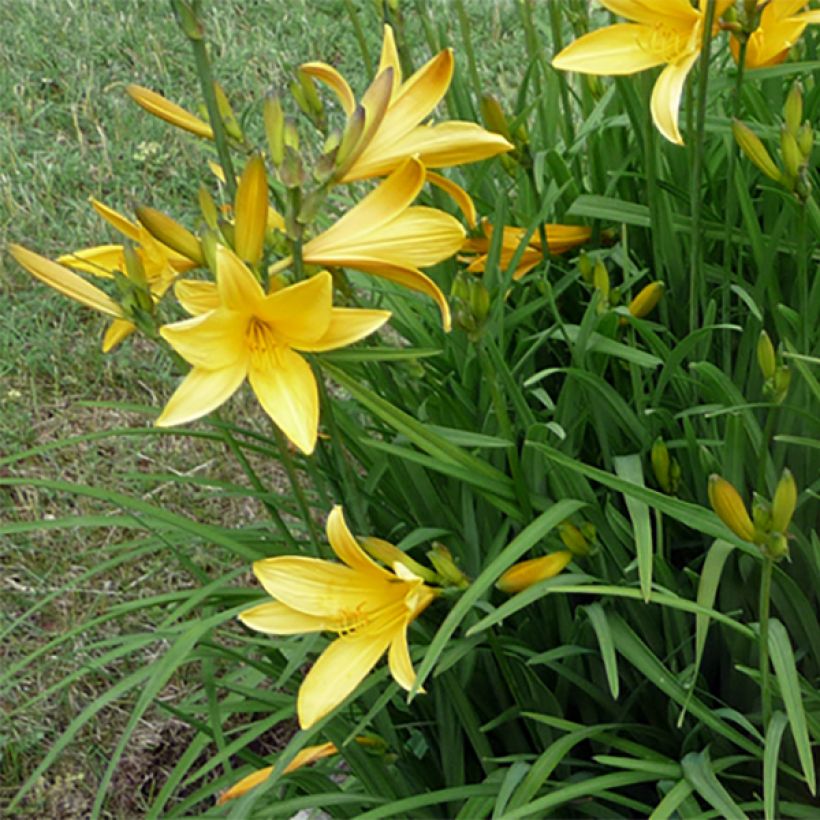

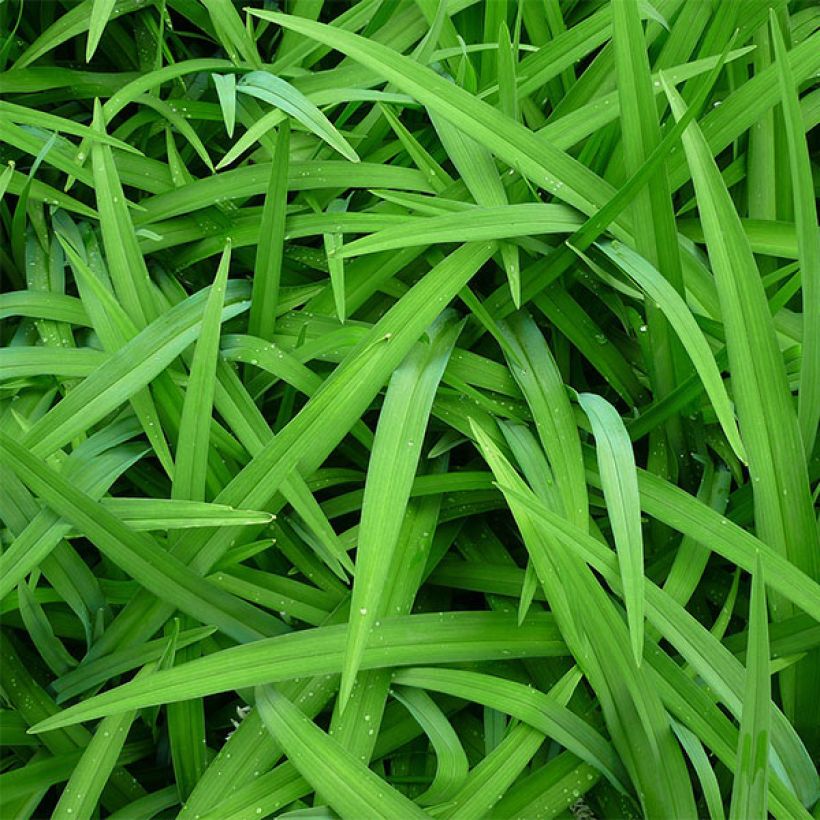

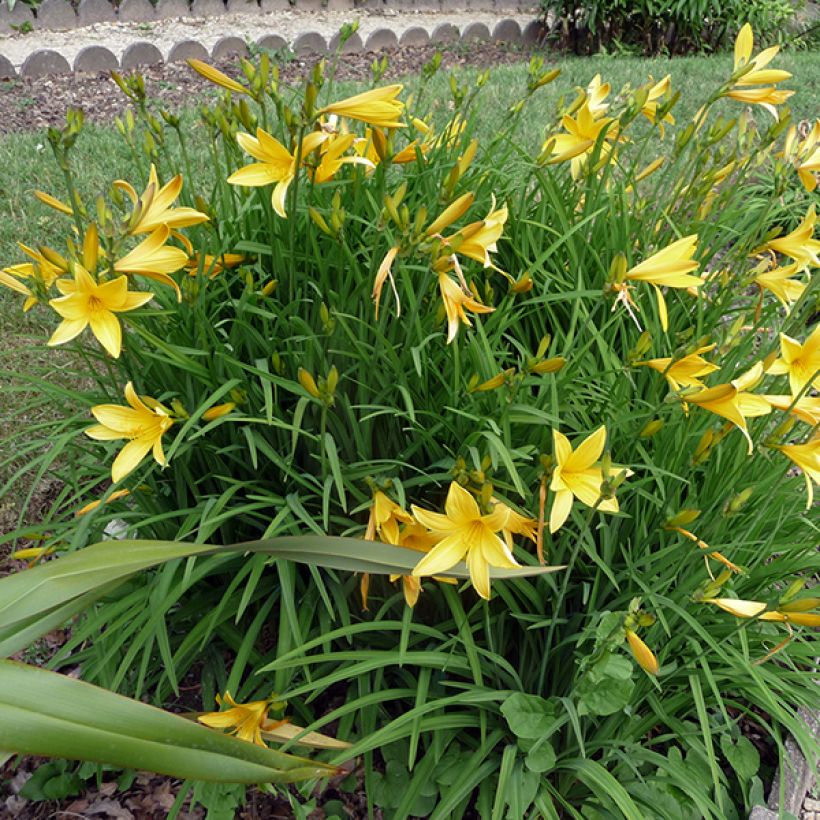

Flowering
Foliage
Plant habit
Botanical data
Hemerocallis
citrina
Hemerocallidaceae
Daylily
East Asia
Other Hemerocallis - Daylilies
Planting and care
Plant Hemerocallis citrina in moist or slightly damp, deep, and well-loosened soil, in full sun or partial shade. It tolerates drier soil, where it will be less luxuriant and less floriferous, and it also tolerates limestone very well. Plant the young daylilies with an approximate spacing of 30 cm (12 in), as it is the mass effect that enhances their beauty. Mulch the soil to maintain freshness and limit the growth of weeds. This is a good way to protect them from gastropods, whose attacks can be fatal. Make sure to place baits around the plantings. In warm climates, make sure to regularly water the daylilies to support their flowering. Clean the foliage in winter.
Planting period
Intended location
Care
-
, onOrder confirmed
Reply from on Promesse de fleurs
Summer flowering perennials
Haven't found what you were looking for?
Hardiness is the lowest winter temperature a plant can endure without suffering serious damage or even dying. However, hardiness is affected by location (a sheltered area, such as a patio), protection (winter cover) and soil type (hardiness is improved by well-drained soil).

Photo Sharing Terms & Conditions
In order to encourage gardeners to interact and share their experiences, Promesse de fleurs offers various media enabling content to be uploaded onto its Site - in particular via the ‘Photo sharing’ module.
The User agrees to refrain from:
- Posting any content that is illegal, prejudicial, insulting, racist, inciteful to hatred, revisionist, contrary to public decency, that infringes on privacy or on the privacy rights of third parties, in particular the publicity rights of persons and goods, intellectual property rights, or the right to privacy.
- Submitting content on behalf of a third party;
- Impersonate the identity of a third party and/or publish any personal information about a third party;
In general, the User undertakes to refrain from any unethical behaviour.
All Content (in particular text, comments, files, images, photos, videos, creative works, etc.), which may be subject to property or intellectual property rights, image or other private rights, shall remain the property of the User, subject to the limited rights granted by the terms of the licence granted by Promesse de fleurs as stated below. Users are at liberty to publish or not to publish such Content on the Site, notably via the ‘Photo Sharing’ facility, and accept that this Content shall be made public and freely accessible, notably on the Internet.
Users further acknowledge, undertake to have ,and guarantee that they hold all necessary rights and permissions to publish such material on the Site, in particular with regard to the legislation in force pertaining to any privacy, property, intellectual property, image, or contractual rights, or rights of any other nature. By publishing such Content on the Site, Users acknowledge accepting full liability as publishers of the Content within the meaning of the law, and grant Promesse de fleurs, free of charge, an inclusive, worldwide licence for the said Content for the entire duration of its publication, including all reproduction, representation, up/downloading, displaying, performing, transmission, and storage rights.
Users also grant permission for their name to be linked to the Content and accept that this link may not always be made available.
By engaging in posting material, Users consent to their Content becoming automatically accessible on the Internet, in particular on other sites and/or blogs and/or web pages of the Promesse de fleurs site, including in particular social pages and the Promesse de fleurs catalogue.
Users may secure the removal of entrusted content free of charge by issuing a simple request via our contact form.
The flowering period indicated on our website applies to countries and regions located in USDA zone 8 (France, the United Kingdom, Ireland, the Netherlands, etc.)
It will vary according to where you live:
- In zones 9 to 10 (Italy, Spain, Greece, etc.), flowering will occur about 2 to 4 weeks earlier.
- In zones 6 to 7 (Germany, Poland, Slovenia, and lower mountainous regions), flowering will be delayed by 2 to 3 weeks.
- In zone 5 (Central Europe, Scandinavia), blooming will be delayed by 3 to 5 weeks.
In temperate climates, pruning of spring-flowering shrubs (forsythia, spireas, etc.) should be done just after flowering.
Pruning of summer-flowering shrubs (Indian Lilac, Perovskia, etc.) can be done in winter or spring.
In cold regions as well as with frost-sensitive plants, avoid pruning too early when severe frosts may still occur.
The planting period indicated on our website applies to countries and regions located in USDA zone 8 (France, United Kingdom, Ireland, Netherlands).
It will vary according to where you live:
- In Mediterranean zones (Marseille, Madrid, Milan, etc.), autumn and winter are the best planting periods.
- In continental zones (Strasbourg, Munich, Vienna, etc.), delay planting by 2 to 3 weeks in spring and bring it forward by 2 to 4 weeks in autumn.
- In mountainous regions (the Alps, Pyrenees, Carpathians, etc.), it is best to plant in late spring (May-June) or late summer (August-September).
The harvesting period indicated on our website applies to countries and regions in USDA zone 8 (France, England, Ireland, the Netherlands).
In colder areas (Scandinavia, Poland, Austria...) fruit and vegetable harvests are likely to be delayed by 3-4 weeks.
In warmer areas (Italy, Spain, Greece, etc.), harvesting will probably take place earlier, depending on weather conditions.
The sowing periods indicated on our website apply to countries and regions within USDA Zone 8 (France, UK, Ireland, Netherlands).
In colder areas (Scandinavia, Poland, Austria...), delay any outdoor sowing by 3-4 weeks, or sow under glass.
In warmer climes (Italy, Spain, Greece, etc.), bring outdoor sowing forward by a few weeks.

































